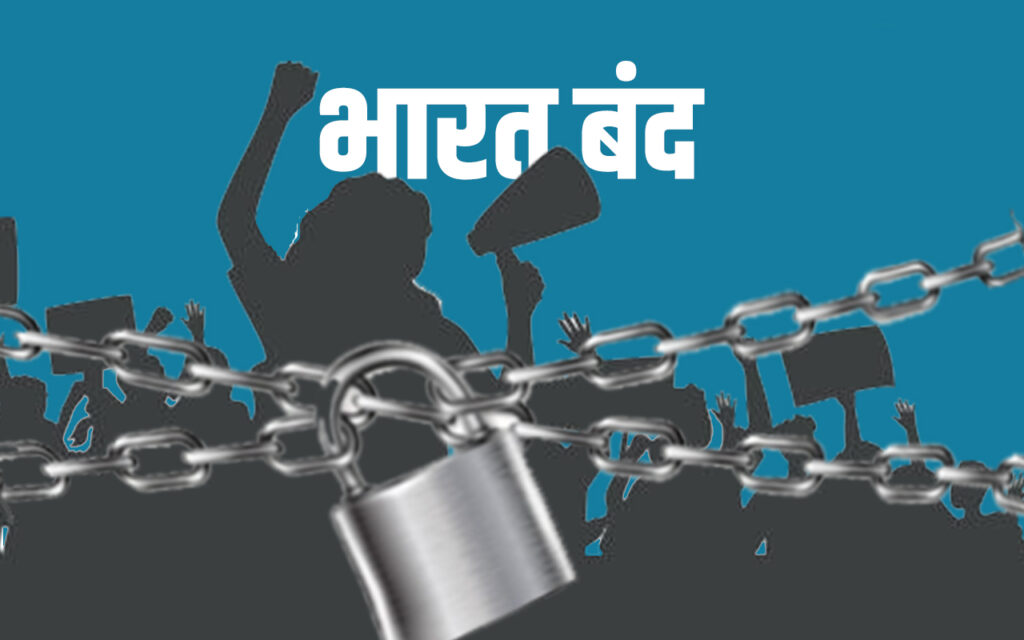UPSSSC Junior Assistant Recruitment 2024 Apply Online
UPSSSC Junior Assistant Recruitment 2024 Apply Online What is SSC Exam? SSC (Staff Selection Commission) conducts various exams to recruit candidates for government jobs across ministries and departments. Some popular SSC exams include: SSC CGL (Combined Graduate Level) SSC CHSL (Combined Higher Secondary Level) SSC MTS (Multi Tasking Staff) SSC JE (Junior Engineer) Why Choose Coaching for SSC Preparation? Benefits of Joining Coaching Centers: Structured study plan Experienced mentors Regular mock tests Doubt clearing sessions How Coaching Helps in Cracking SSC Exam Coaching institutes provide focused guidance tailored for SSC exams. They cover shortcuts, strategies, and updated exam patterns, making your preparation faster and smarter. Factors to Consider While Choosing SSC Coaching in Delhi Faculty Experience: Experienced teachers make a huge difference. Study Material: Updated, comprehensive material is a must. Past Results: A good track record means effective teaching. Batch Size: Smaller batches allow personalized attention. Student Feedback: Honest reviews matter. Top 10 SSC Coaching Institutes in Delhi for 2025 Plutus Academy Overview: Known for result-oriented teaching. Key Features: Small batches, online & offline classes. Fees: ₹30,000 – ₹40,000 Location: Mukherjee Nagar Student Reviews: Highly praised for personalized attention. Paramount Coaching Centre Overview: Old and reputed coaching. Key Features: Daily quizzes and doubt-solving. Fees: ₹25,000 – ₹35,000 Location: GTB Nagar Student Reviews: Strong material and test series. KD Campus Overview: Founded by Neetu Singh. Key Features: Regular doubt sessions. Fees: ₹30,000 Location: Karol Bagh Student Reviews: Strong on quantitative aptitude. Career Power Overview: Part of Adda247 group. Key Features: Hybrid model (online + offline). Fees: ₹28,000 – ₹33,000 Location: Laxmi Nagar Student Reviews: Known for extensive mock tests. Excel SSC Coaching Overview: Focuses exclusively on SSC. Key Features: Practice-oriented. Fees: ₹25,000 Location: Mukherjee Nagar Student Reviews: Affordable and effective. Vidya Guru Overview: Affordable with great reviews. Key Features: Flexible batch timings. Fees: ₹22,000 – ₹28,000 Location: Karol Bagh Student Reviews: Student-friendly teaching. IBT Institute Overview: Nationwide network. Key Features: Advanced test series. Fees: ₹25,000 Location: Uttam Nagar Student Reviews: Strong focus on current affairs. Mahendra Educational Pvt Ltd Overview: Decades-old brand. Key Features: Banking + SSC combo packages. Fees: ₹30,000 Location: GTB Nagar Student Reviews: Good classroom experience. Success Mantra Overview: Popular among freshers. Key Features: Daily practice papers. Fees: ₹24,000 Location: Laxmi Nagar Student Reviews: Comprehensive coverage. Aim & Achieve Overview: Rising star in coaching. Key Features: Detailed analysis reports. Fees: ₹26,000 Location: Mukherjee Nagar Student Reviews: Affordable with good teaching. Why Delhi is the Best Place for SSC Coaching? Home to top institutes. Access to experienced faculty. Updated notes and test series. Competitive atmosphere boosts preparation. Tips to Crack SSC Exam in 2025 Analyze the syllabus. Make a daily timetable. Take regular mock tests. Join peer study groups. Revise regularly and stay positive. Conclusion Choosing the right SSC coaching in Delhi can make your preparation journey smoother and more effective. Consider your learning style, budget, and location before making your decision. With the right coaching and dedication, cracking SSC 2025 will be much easier! FAQs Q1. Which is the best SSC coaching in Delhi for 2025? Plutus Academy and Paramount are top choices. Q2. What is the average fee for SSC coaching in Delhi? ₹25,000 to ₹35,000. Q3. Is online coaching better than offline? Depends on your comfort and learning style. Q4. How long does SSC preparation take? Usually 6-12 months. Q5. Can I crack SSC without coaching? Yes, with self-discipline and proper study material. More than 2 results are available in the PRO version (This notice is only visible to admin users) Latest Articles SSC & CGL Top 10 SSC Coaching Institutes in Delhi for 2025 – Fees, Location & Student Reviews February 27, 2025 / Institutes In Delhi Digital Marketing Performance Marketing vs. Brand Marketing: Which One Drives Better ROI? February 22, 2025 / Institutes In Delhi Digital Marketing Mastering Google Ads: A Step-by-Step Guide for Beginners February 17, 2025 / Institutes In Delhi Digital Marketing Instagram Algorithm Decoded: Hacks to Boost Engagement and Reach February 11, 2025 / Institutes In Delhi Digital Marketing AI-Powered SEO: How to Rank Higher in 2025 and Beyond February 11, 2025 / Institutes In Delhi Related Articles Competitive ExamsCurrent AffairsJobs Railway NTPC 10+2 Under Graduate Level Post Recruitment 2024: A Comprehensive Guide September 26, 2024 / Institutes In Delhi JobsSSC & CGL High Court of Punjab and Haryana Peon Recruitment 2024 September 7, 2024 / Institutes In Delhi






